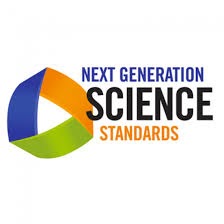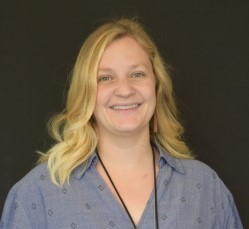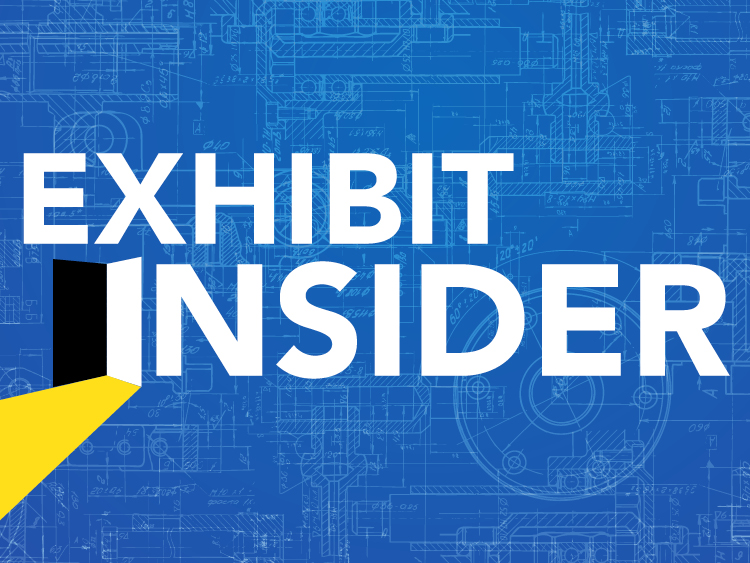 It is no secret that the Next Generation Science Standards (NGSS) cannot be learned overnight. The NGSS fundamentally alters the way science has been taught in our school systems for years, and developing a strong familiarity with its concepts will likely require reading more than just this blog post. That said, here are a couple of high leverage pieces that are helpful to be aware of as you start to learn and implement this new teaching model.
It is no secret that the Next Generation Science Standards (NGSS) cannot be learned overnight. The NGSS fundamentally alters the way science has been taught in our school systems for years, and developing a strong familiarity with its concepts will likely require reading more than just this blog post. That said, here are a couple of high leverage pieces that are helpful to be aware of as you start to learn and implement this new teaching model.
What are the Next Generation Science Standards?
The Next Generation Science Standards (NGSS) is a combination of three dimensions that are designed to be taught in tandem with one another in order to achieve ‘the Framework’ vision. The practice of teaching all three dimensions at once is referred to as three-dimensional teaching and learning. The Framework was developed as a result of the need for updated science standards as well as a way to respond to the adoption of Common Core Math and English standards. It was developed in order to summarize and put into practice the most recent research about science teaching and learning.
After the Framework was written in 2013, the three dimensions of the NGSS, as laid out in the standards book followed. The three dimensions of the NGSS are:
- Disciplinary Core Ideas (DCIs),
- Science and Engineering Practices (SEPs), and
- Crosscutting Concepts (CCCs).
The State of Connecticut adopted NGSS in 2015 and suggested a five year implementation plan, culminating with the recent statewide assessment (which we will talk about more in a future blog post). The statewide assessment reflects application of science content, themes, and skills, not just rote memorization. The idea behind the new standards is to not only help students learn science and engineering better, but also help them develop their own understanding to better prepare them for their future in the workforce, no matter their career.
What is a Performance Expectation and how do I read one?
One of the first things that you may hear about, other than DCI, SEP, and CCC, is a performance expectation, or PE for short. PE’s are an expectation of what students should be able to do by the end of the year or grade band. Despite its importance as a means of gauging the effectiveness of your teaching methods or the appropriateness of a particular classroom exercise, a PE is not a lesson level performance expectation and should not be reflected directly in your classroom teaching. Instead, the teaching and learning should be a compilation of those skills slowly built up from the start of a unit. Your students should be able to complete a PE, but it is not necessarily a classroom activity and your unit might not even be built upon a PE, rather your own combination of DCI’s, CCC’s, and SEP’s.
Along with the PE is the Evidence Statement (found on the PE sites on NextgenScience.org), which can give you an idea of what the performance expectation assesses, including a breakdown of the three dimensions. Before you can begin to use an evidence statement though, you need to familiarize yourself with the different facets that make up a PE.
In order to help you make sense of the many components of a PE, we designed an infographic that breaks down a PE. Although there will be some small differences from one PE to another, they all follow the same general format. It might look a little overwhelming, but if you take it piece by piece, hopefully you will come to see it is more manageable than you think!

What are the Appendices and which should I start with?
The appendices are located in an additional book that comes with the main, ring-bound set detailing the NGSS, see below on more information on where to get them. The appendices provide additional information that can help to implement the NGSS. Just like the NGSS, the appendices are based off of the Framework.
Here is a list of some of the NGSS appendices that you might like to use as you start to align your practice to the NGSS:
- Appendix F: Includes the Science and Engineering Practices broken down into elemental components by grade bands.
- Appendix G: A breakdown of the Crosscutting Concepts, also by grade band and elemental components.
- Appendix E: Along the lines of appendix F and appendix G, appendix E shows the DCI’s broken up by grade band. This is particularly useful when trying to determine your students’ knowledge acquisition upon entering your grade band, as well as where they should be at the end of the year. We do caution, however, that this should not be the first appendix you look at, as it can be a bit overwhelming!
- Appendix D: Appendix on equity. A lot of times when working with educators, we are asked the question: how can the NGSS be made achievable for students who have different learning needs. Appendix D breaks down the ways in which the Framework is designed to meet a diverse set of student needs, as well as gives case studies that set forth concrete examples.
All of the appendices can also be found online and should be referenced regularly just like the Framework itself.
Where can I go to find more information?
Some of your biggest resources are going to be A Framework for K-12 Science Education, which can be downloaded for free through The National Academies Press, as well as the Next Generation Science Standards- including the Appendices, located at NextgenScience.org both of which were mentioned above. Along with these prominent materials there are a number of places to go outside of the Nextgen organization, including this blog and the other Connecticut Science Center resources. Check out the education section of our website here, and don’t forget to follow this blog! We will be updating with all things science education. One other way you can gain information on Next Generation Science, along with tips and training, is to attend one of the offerings put on by the Mandell Academy. We offer all sorts of workshops from entry level with our Making Sense of NGSS, to capacity building with our Practices of NGSS K-5 and 6-12 series as well as NGSX Part 1, to more advanced workshops such as NGSX Part 2 and our Assessment workshop. Not sure what is right for you? Check out what we have to offer at https://ctsciencecenter.org/education/mandell/ngss-workshops/ or feel free to email us directly at MandellAcademy@CTScienceCenter.org. We’re certain we can find the perfect fit for you and your colleagues.
As we mentioned in the beginning, there is no magic wand for turning your classroom into a three-dimensional learning space. It takes time, patience and a lot of confidence to just try something out! Hopefully, once you get a handle on what the NGSS is and its key components, you will be well on your way to becoming an NGSS rockstar.

Lindsey Sullivan is a Professional Learning Specialist at the Connecticut Science Center’s Mandell Academy for Teachers. Before joining the Mandell Academy, Lindsey was a high school science teacher. Currently, Lindsey supports educators as they make sense of NGSS through her facilitation of workshops offered by the Mandell Academy as well as providing coaching support in schools.


